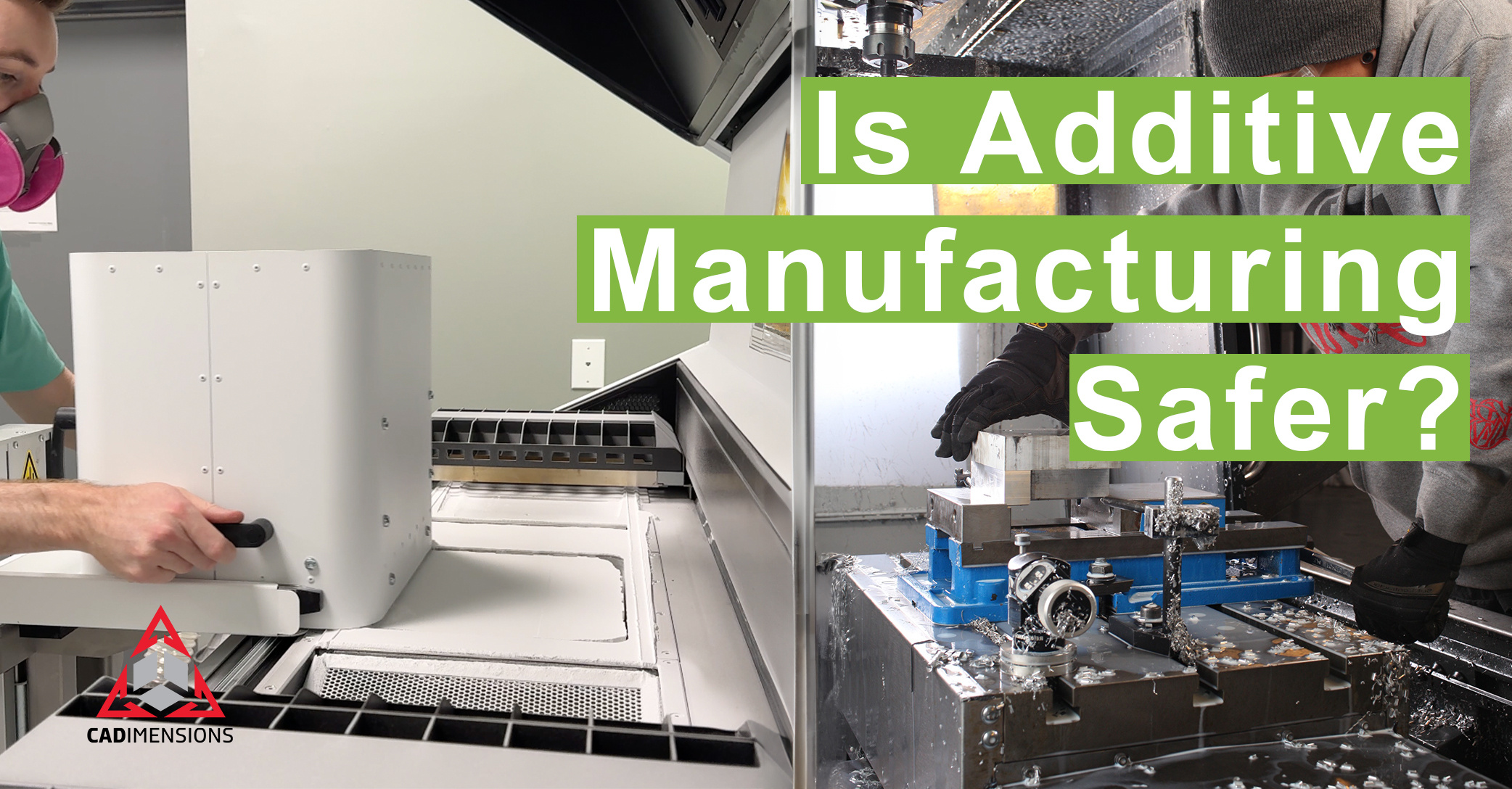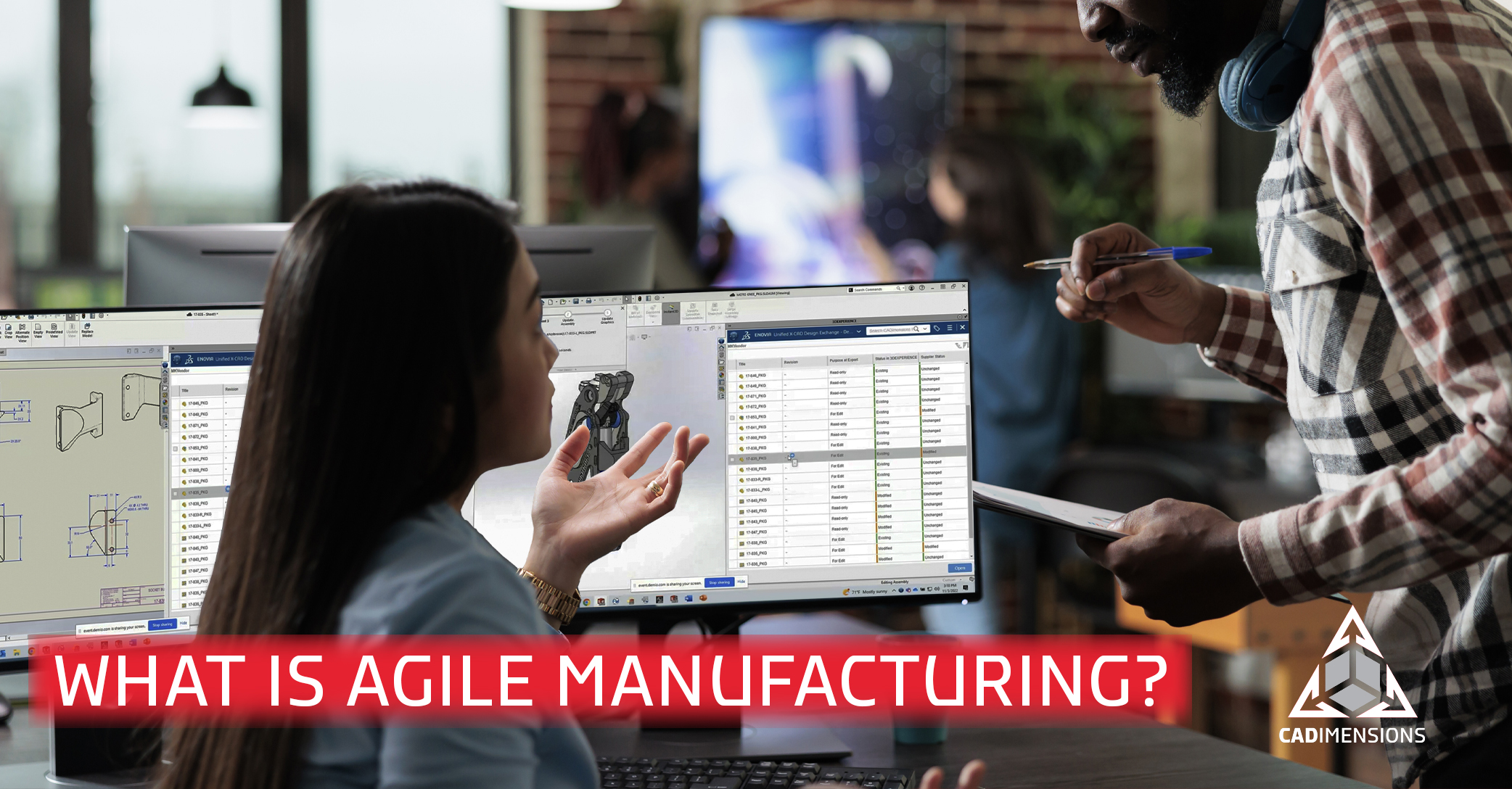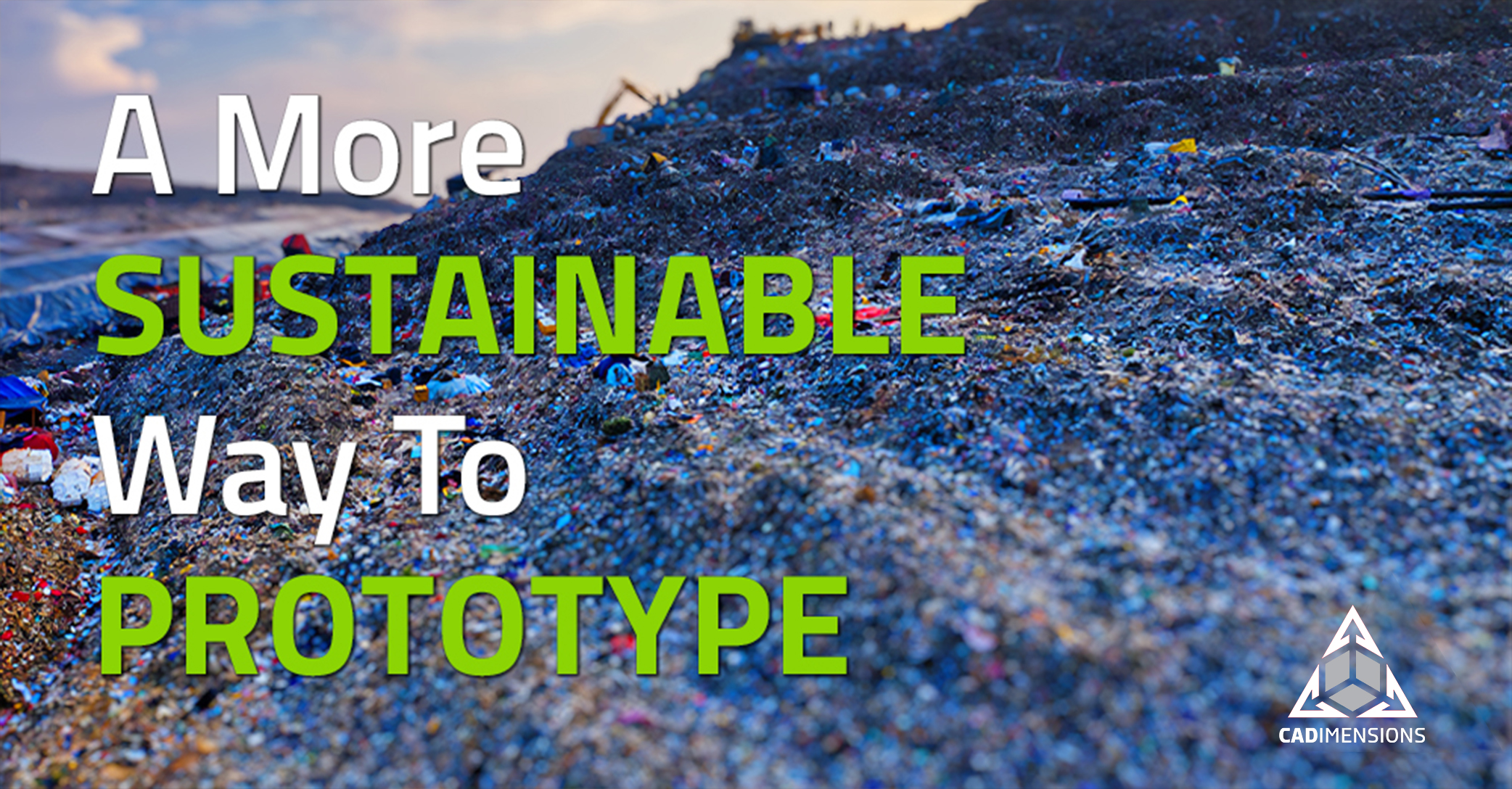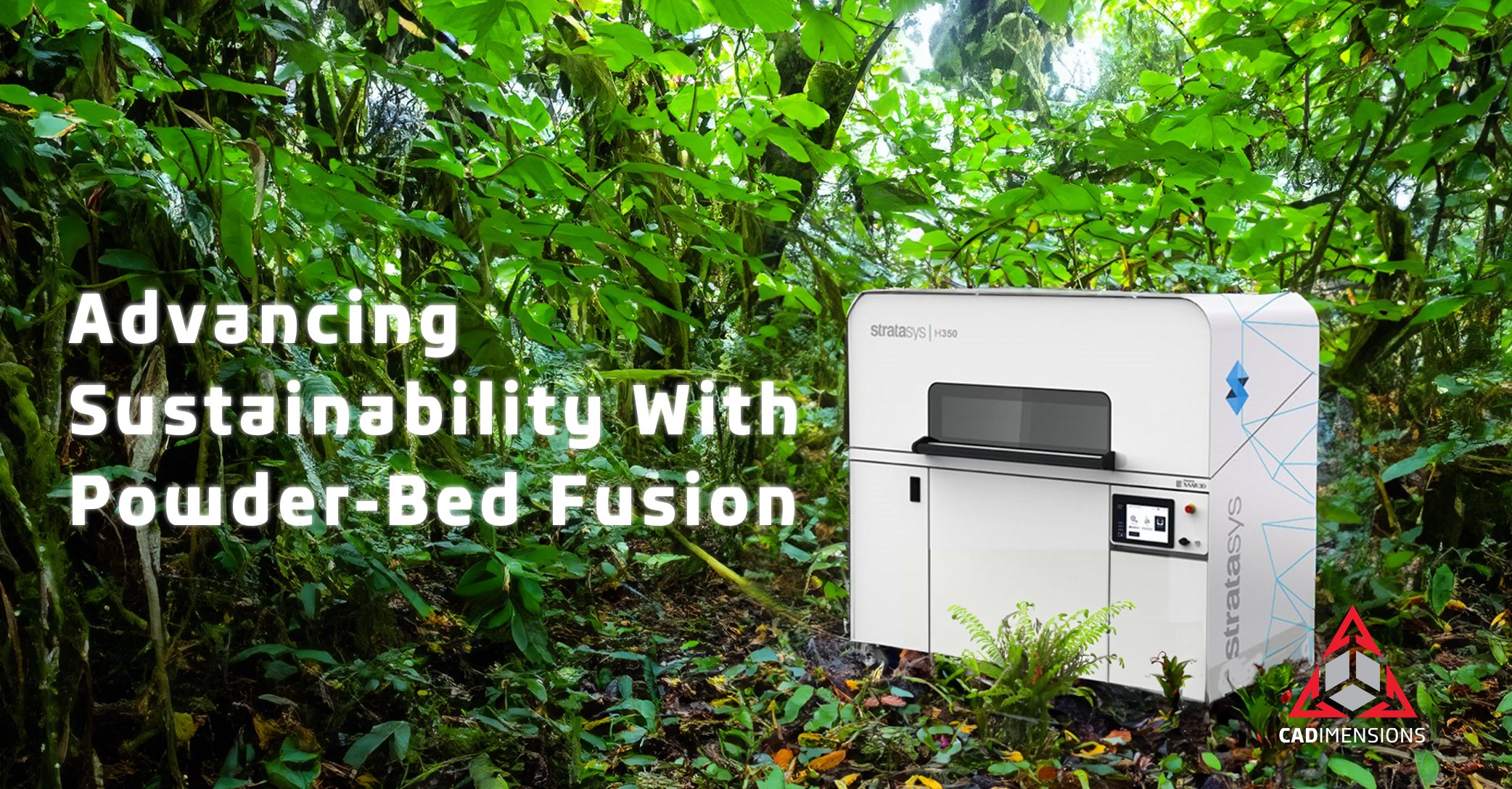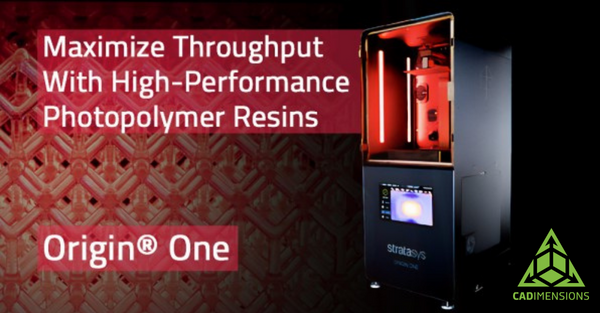How Additive Manufacturing Enhances Safety in Modern Manufacturing
Let’s take a second and look around your environment. The chair you're sitting on, the mug you're sipping coffee from, or even the device you're reading this article on - all are a product of manufacturing processes. These items, from the simple to the complex, are produced through traditional manufacturing processes - bustling factories filled with workers, heavy machinery, and the constant hum of production.
In a world rapidly transitioning towards automation and digitization, the manufacturing industry has certainly not been left behind, and many companies are grabbing the future by the horns tough implementing additive manufacturing to augment our current digital transformation.
This digital transformation in the industry has far-reaching implications, extending beyond efficiency and cost-effectiveness to areas as crucial as workplace safety.
We already have seen many great examples, created by Stratasys, demonstrating how custom-designed tools reduce instances of workplace injuries and also allow for faster cycle time due to ergonomically considerations during their design. That is a very useful and very specific example of implementing additives for this blog we want to take a step back and look at the bigger picture of how additive fundamentally changes how we can implement safety across the entire manufacturing process.

Top reasons to use 3D printing for jigs and fixtures
With that knowledge in mind, two aspects stand out that could be the game-changers in our pursuit of a safer workplace: the reduction of machinery risks and the enhancement of training opportunities. Let's take a deep dive into each of these promising possibilities.
From Manual to Digital: A Tale of Safer Machinery
When you picture a traditional factory, you probably imagine workers toiling over dangerous, moving parts. The risks associated with this interaction are aplenty - from minor injuries to life-threatening accidents, It's not a fun place to be, particularly if you're accident-prone. But this image is becoming outdated, thanks to the rise of additive manufacturing.
What sets additive manufacturing apart is that it doesn't just reduce the number of moving parts; it diminishes the need for direct human-machine interactions. The process, governed by computers, slices, and extrudes geometry layer by layer. No high-speed, machining or metal cutting is required! This minimizes the scope for machinery-related mishaps.
It's not just about fewer accidents, though. Additive manufacturing provides precision and repeatability, reducing the scope for manual errors. Less room for errors implies higher product quality, but more importantly, it assures a safer working environment.
Traditional manufacturing often requires complex manual adjustments, introducing the risk of human error. In contrast, the automated execution of additive manufacturing minimizes the scope for mistakes, ensuring product quality and, importantly, enhancing workplace safety. In this context, lights out manufacturing means exactly that we’re manufacturing without the need to have team of operators to monitoring the process because we can trust the reliability and safety of these machines, even when they’re producing complex parts that can take a week to print!
From Traditional Training to Digital Enlightenment
Great operators require great training as skilled and effective operators are always a cornerstone of the manufacturing process. Yet, in a traditional factory environment, this can be fraught with dangers. New and Novice operators are expected to handle potentially perilous machinery, introducing risks at the very start of their journey.
Additive manufacturing turns this traditional training model on its head. With AM technology, the training ground is no longer a bustling factory floor, but a computer screen. Using GrabCAD Print, trainees and operators can learn to fully control the manufacturing process, and monitor their changes in a virtual, risk-free environment. The relative safety of additive manufacturing is one of the reasons why we see Makerspaces in libraries and being operated by young children. The fundamental principles behind the technology are simple enough to understand and deploy, effectively and safely.
Beyond reducing the risk of accidents during the training phase, this shift to a digital platform also promotes technical and digital literacy. Trainees become proficient in software operation and digital design, reducing their dependence on hands-on machine operation. Consequently, the focus is from a traditional subtractive process to the additive process, which allows for more complex geometry.
Furthermore, any secondary operations, such as drilling holes in the part, could be made redundant by already modeling those holes into the geometry, and then having the part printed without the need for a secondary operation – thus eliminating the risk of injury by manually drilling holes – and also mitigates the chances of human error in the second operation.
One of the most potent aspects of this digital training revolution is the ability to iterate and experiment freely. Since additive manufacturing works on a digital design, modifications can be made easily and prototypes developed quickly. Trainees can see the results of their changes in real time, transforming mistakes into valuable learning experiences.
Finally, the digital nature of Stratasys additive manufacturing allows easy adaptation of new training modules. When procedures change or machinery gets updated, the virtual training programs can be disseminated swiftly, ensuring the workforce is always equipped with up-to-date knowledge, further reducing the risk of accidents due to outdated information. That’s one of our main goals here at CADimensions: to ensure that our customers are always aware of the latest technology and the best way to implement it for success.
3D Printing or CNC – 3 Factors to Make the Best Choice
The Future Beckons: From the Manufacturing Floor to the Digital Manufacturing
The rise of additive manufacturing heralds a new era for the manufacturing industry, an era where efficiency, cost-effectiveness, and safety go hand in hand. It's more than just a change in how we produce goods - it's a transformation in how we think about and interact with the manufacturing process.
The shift from heavy machinery to automated, precise Additive manufacturing is revolutionizing the landscape, reducing the risks and accidents associated with traditional processes. Simultaneously, the paradigm shift from hands-on training to digital skill development is setting new safety standards in industry training.
CADimensions is here to support technical advancement across the industry. As we move forward, embracing additive manufacturing is more than just adopting a new technology - it's about investing in a safer, more sustainable work environment. By reducing machinery risks and enhancing training opportunities, we're creating a future where 'manufacturing accident' could become a term of the past. And in this future, we're not just building products; we're building a safer industry.

